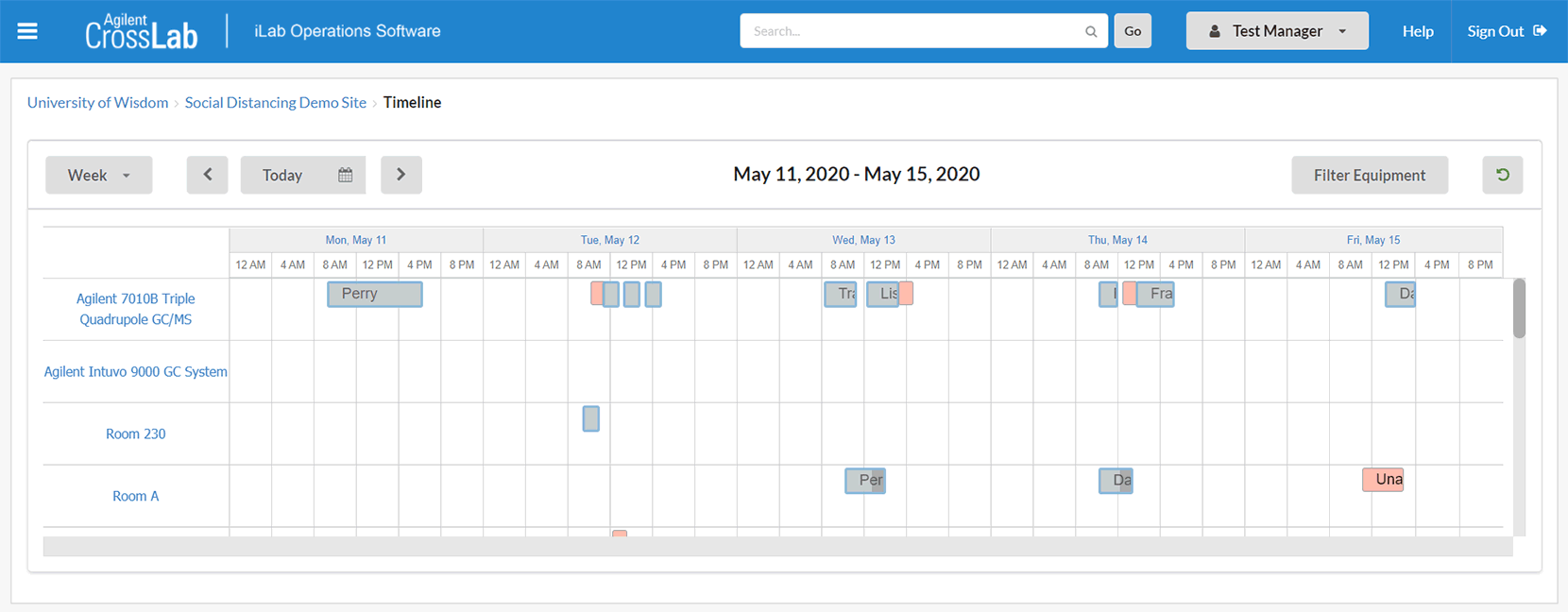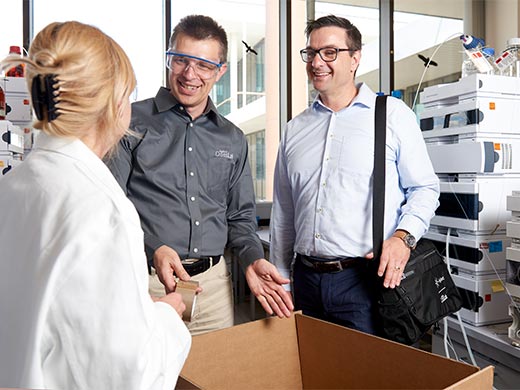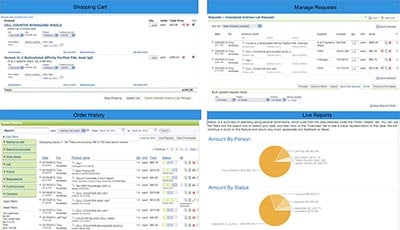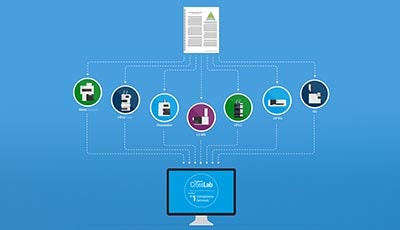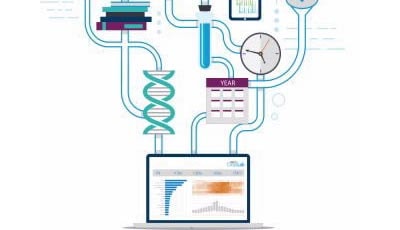Operations Expertise
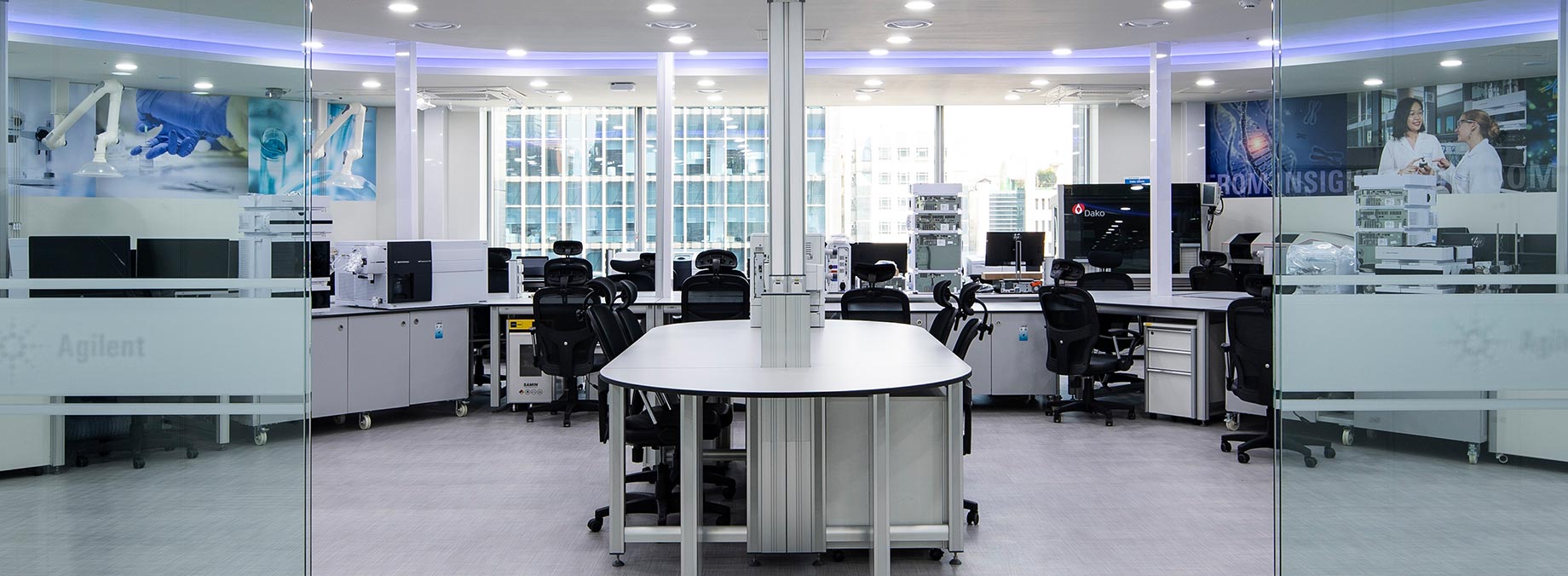
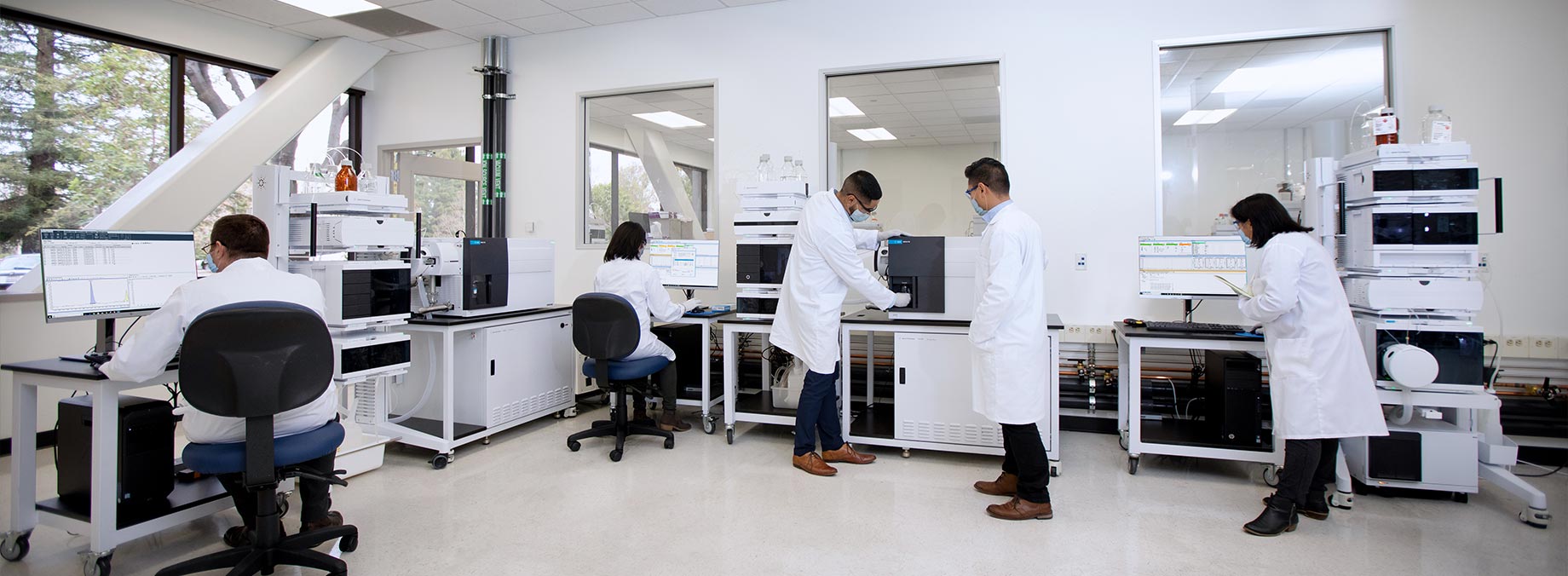
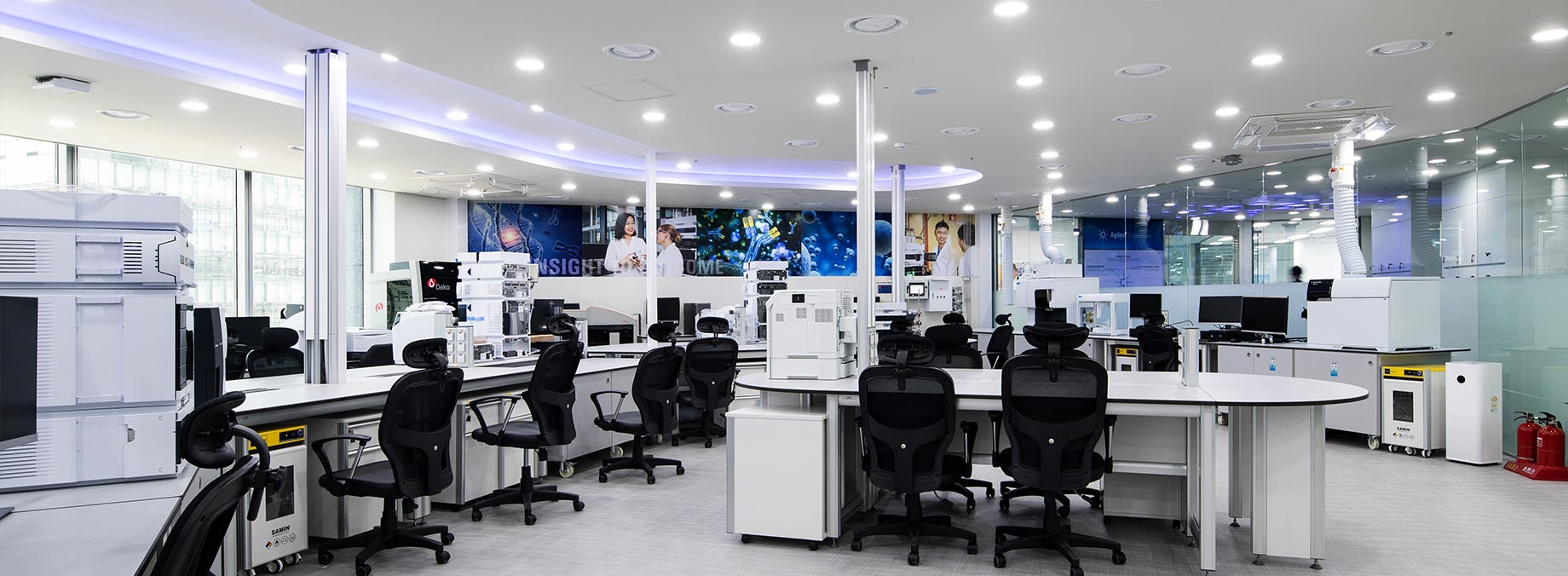
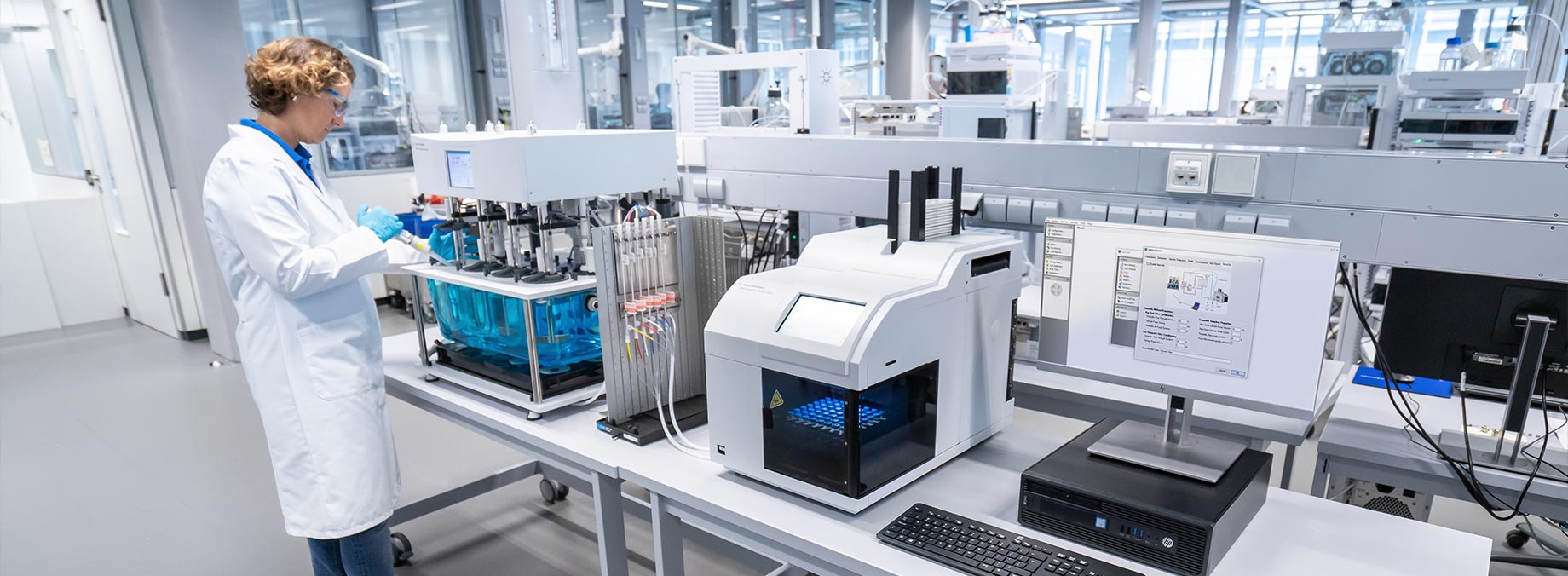
CrossLab Enterprise Services
A Learning Café
for the Enterprising Lab
Advance operations across your organization
If you have a centralized lab or shared facilities, Agilent CrossLab Enterprise Services can give you insights into improving efficiency, optimizing resources, and increasing instrument uptime. Our asset management, compliance, operational, and digital services work together to simplify, optimize, and transform your lab operations.
Are you maximizing the potential of your lab staff?
A successful lab requires more than optimized workflows. It needs a confident, well-trained team. Continually increasing skill levels can minimize downtime, increase throughput, and make the most of time- and money-saving features of newer analytical instrumentation.

The surprising cause of instrument downtime
Think that unplanned instrument downtime is an inevitable part of running a lab? Think again. Operator error—not software or hardware malfunction—is a frequent cause of unplanned downtime. And, knowing when to replace consumables or how to properly maintain systems are skills that are often lacking.
To minimize unplanned downtime and meet key deadlines, every member of your team should know how to properly maintain and troubleshoot lab instrumentation. That includes proper start-up/shut-down procedures, sample preparation, routine cleaning, and timely consumables replacement.
When staff members move up… or move on
Employee turnover is a fact of life in any industry, but this can be particularly detrimental to your lab operations.
Think about the last time one of your operators left your team. Chances are, throughput slowed down, samples stacked up, and other employees had to work overtime to pick up the slack. And when you hired a replacement, it likely took months to get that new hire up-to-speed on your methods—with extensive help from an experienced staff member.
So, how do you keep your operations from grinding to a halt after a personnel change? Create a training strategy for your lab.
What’s your training strategy?
Begin by figuring out the best training modality for your lab. Maybe a hands-on classroom setting will give employees an opportunity to network and learn from their peers. Or, if your whole lab needs a refresher on multiple instruments, a custom onsite program might make more sense. And if you need to cut down on travel costs, online training could be your best option.
Here are some other ways to set up a successful training plan:
- Cross train employees on your lab’s instrumentation so they can maximize the best features of every system—no matter who is running it.
- Learn maintenance and troubleshooting techniques that prevent unnecessary downtime.
- Quickly onboard new employees and use method and application consulting to familiarize them with your lab’s methods and procedures.
- Partner with application specialists to produce reliable results from the start when developing or implementing new methods.
Chances are your best strategy will emphasize continuous education and involve a combination of training modalities. Remember, too, that when employees feel like you invest in their future, they are less likely to change jobs.
Resources
Agilent University
Flyers
Agilent Community
Can your resources keep pace with your growth?
As your lab operations expand, your workflows become more complex, your instrument fleet grows in diversity, and your inventory of supplies increases. These factors make it increasingly difficult to keep your operations running smoothly using your current internal or external resources.
Resources
Case study
Testimonial
Brochure
How does your lab address bottlenecks and prioritize mission-critical tasks?
Work in the lab can grind to a halt when the instrument you need is occupied or down for service. But how can you make better decisions about which instruments your lab requires, where to install them, and how to optimize their uptime? In a word: data.
The use of data that shows the time spent on each instrument can make a big difference when evaluating new purchases. Once a new instrument has been purchased, its location in your lab can impact how likely it is to be used. In addition, scheduling and tracking instrument use gives you a clear picture of which instruments are in the highest demand—and who is using them.
To make well-informed decisions, however, you need more than just spreadsheets and logbooks. Flexible, cloud-based software designed to support operations for centralized labs and shared resource facilities can provide you with the data you require so you can build informed strategies for growing your lab and getting the most out of every dollar spent.

Handling expected—and unexpected—challenges
Many lessons have been learned in recent months about maintaining productivity when faced with unforeseen challenges. For example, lab management software can provide the tools you need to ensure safety when managing the number of staff members in the lab at once. And with cloud-based software, you don’t even have to be in your lab to monitor instrument use or approve events.
Keep in mind, too, that scheduling calendars can represent more than just instruments. Personnel and physical spaces, such as lab rooms or zones, can be set up to further manage where people are in your lab. And automatic buffers before or after a scheduled event will ensure ample clean-up time and prevent analysts from interrupting each other’s work.
Even when things return to “normal,” the right lab management software can help your lab avoid productivity pitfalls you never knew existed—like underutilized instruments. Instead of waiting for an instrument already in use, your analysts could instantly find an available instrument elsewhere in your facility. Lab management software can also allow you to control access to instruments for high-priority work.
What to look for in lab management software
Lab management software can bring much-needed organization to your lab, reducing bottlenecks, optimizing your lab’s assets, and lessening administrative burden. But only if it meets these criteria:
- Remote access plus visibility of reservation requests and in-progress instrument use
- Scheduling capabilities for instruments of all platforms, manufacturers, and locations
- Access control to manage and prioritize work going to high-volume instruments
- The ability to scale as your lab grows
- Dedicated support teams for ongoing implementations and improvements
A trusted partner with decades of research and lab collaboration experience can help your organization fully profit from your investment in lab operation software.
